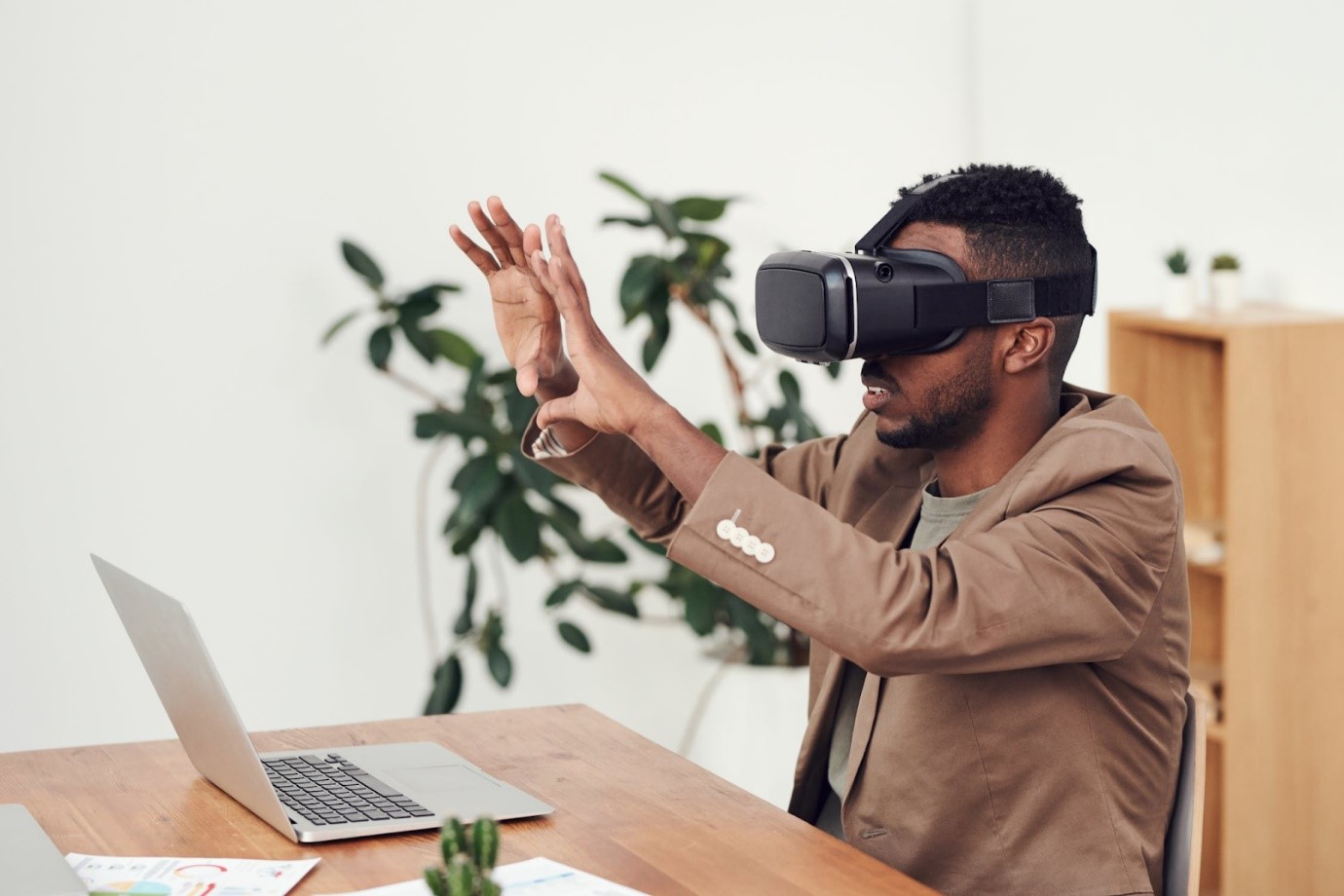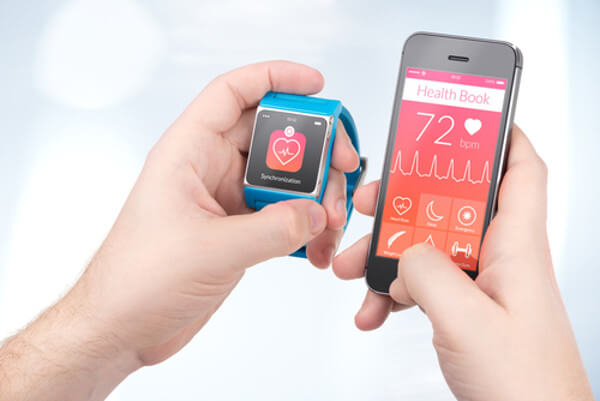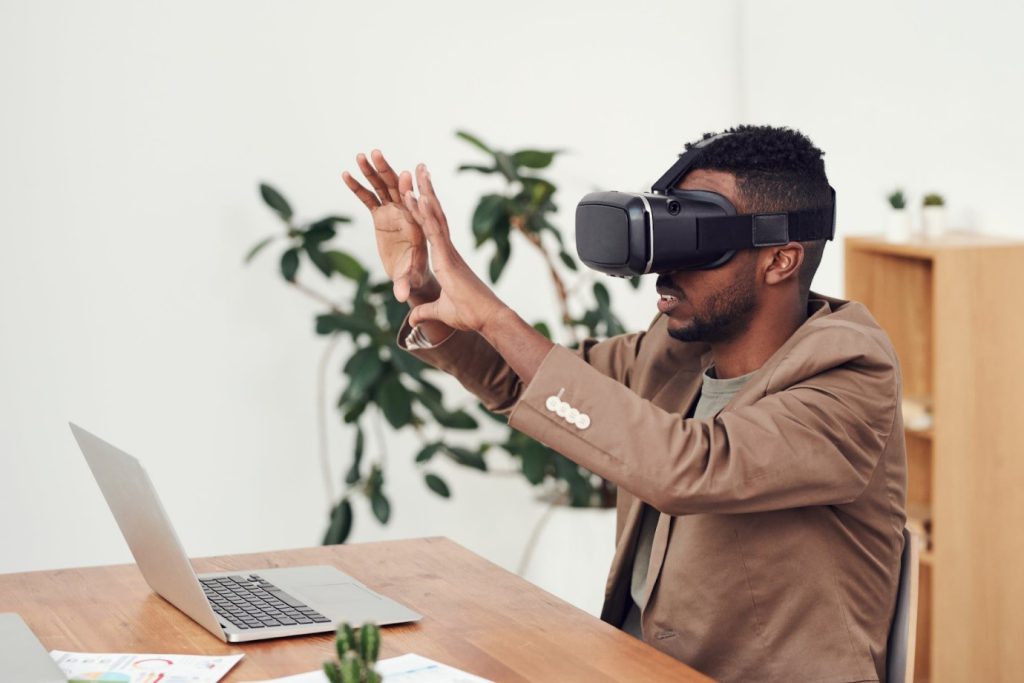Technology continues to change and develop every day. As the world becomes more connected, it’s important to understand how these technologies work together. Two of the most disruptive technologies in recent years have been the Internet of Things (IoT) and augmented reality (AR). The two technologies can be used together to create innovative solutions that improve people’s lives.
In this article, we’ll talk about IoT, AR, and how these technologies work together.
What Is IoT?
The Internet of Things (IoT) is an interconnection of uniquely identifiable embedded computing devices within the physical world. They capture data through their sensors and transfer them over the network using Wi-Fi or cellular networks.
These devices may include cameras and other video surveillance equipment, vehicles, buildings, appliances, medical devices, etc. This allows real-time access to information from any device at any time.
What is AR?
Augmented reality (AR) is a live direct or indirect view of a physical, real-world environment whose elements are supplemented by computer-generated sensory input such as sound, graphics, or GPS data. It’s usually overlaid on a camera display so that it appears transparently when viewed directly through the camera.
Nowadays, AR is used for different applications, such as gaming, education, and shopping. Users can interact with digital objects in real space, which appear realistic in terms of depth perception and scale.
Useful Resource: Reasons to Switch to Discord
How Do They Work Together?
IoT and AR are used for different purposes, but both use similar underlying principles. IoT connects devices that have sensors with the cloud. AR uses computer vision technology to recognize objects and people within a given space. Together, they create a more powerful solution than either of them alone.
When IoT and AR work together, you can expect the following:
1. More Engaging Experiences
With IoT, users can connect to the internet and get instant updates on things happening around them. With AR, users can see information superimposed onto the actual scene. This makes the experience much more engaging than if you were just watching something on a screen.
For instance, if you’re advertising a product (say furniture), you can use AR to show customers what your furniture looks like in their home before they buy it. Or, if you’re selling clothes, you could use AR to let customers try on clothing without going into a store.
2. Better Education
Education is one sector that benefits from IoT and AR working together. Students can learn better by interacting with the material instead of passively reading about it. Teachers can also benefit from AR because they can give students interactive experiences that would otherwise not be possible.
Those who are in higher education also benefit from IoT and AR. For example, medical school students can practice surgical procedures using augmented reality and mixed reality. Professors also can create virtual labs that simulate real-life scenarios.
3. Easier Product Development
For businesses, IoT and AR can help make products easier to develop. Because IoT provides constant feedback on how well a product works, companies can quickly find out whether there’s a problem with the product or not. If there is, they can fix it immediately.
With the integration of AR, manufacturers can easily add new features to their products. AR headsets allow product developers to visualize their ideas in 3D. This cuts a lot of time off the development process.
When it comes to the events industry, AR is also changing the way we conduct virtual events while also facilitating the latest trends in experiential marketing.
Recommended Reading: How to Conduct Market Research When Developing a New Product
4. Improvement in Healthcare
Healthcare is another industry that stands to benefit from IoT and AR. In healthcare, patients can receive treatment plans based on their specific needs. Doctors can also provide better care by being able to diagnose problems faster.
AR offers doctors an easy way to examine patients’ bodies. It allows them to view internal organs and check for abnormalities. Patients can also benefit from this technology because they can receive personalized treatments based on their condition.
5. Improved Security
IoT and AR can also improve security. The combination of these technologies can help security at a home and business level. For example, IoT devices, such as intelligent equipment sensors and networked security cameras, can monitor and control access to certain areas. They can also detect intruders and alert authorities when necessary.
For instance, new developments in IoT and AR allow security officers to track people in certain areas. With technologies such as precise indoor positioning, security can accurately identify where someone is and send personnel when an emergency arises.
6. Simplified Information
Analyzing data can be tedious and time-consuming. There will be a lot of information coming in from various sources. However, AR and IoT can simplify this process. By combining the two technologies, researchers can more efficiently analyze data and get accurate results. Devices like headsets help visualize data for easier analysis.
The Bottom Line
Augmented Reality and IoT are both powerful technologies that can be used for many different purposes. These technologies can work together to enhance our daily lives. The examples above are just some ways IoT and AR can work together.
Useful Resource: Role of AR and VR in the Metaverse



3 thoughts on “How IoT and Augmented Reality Work Together”